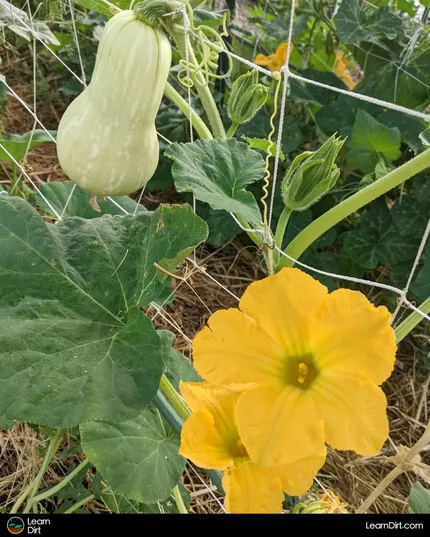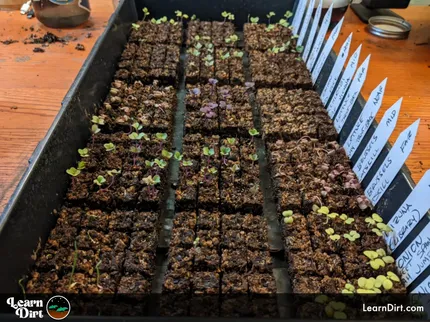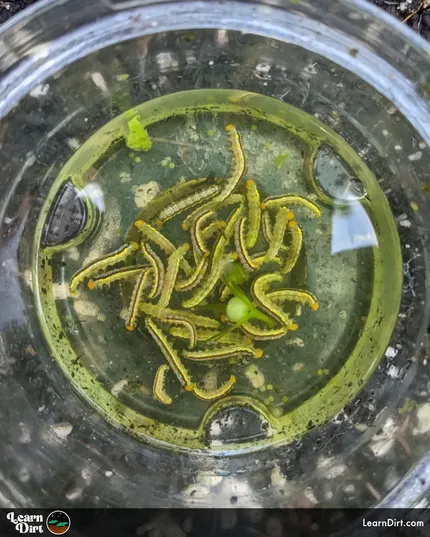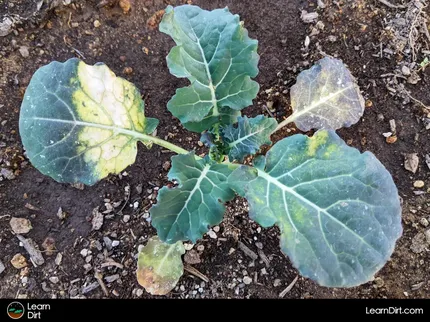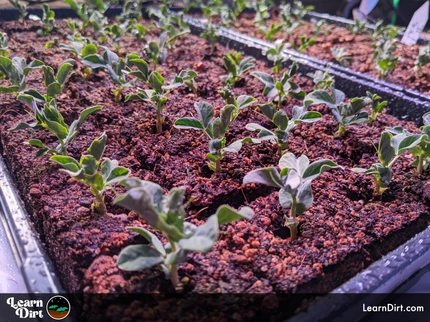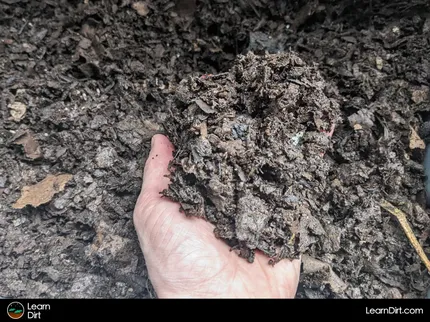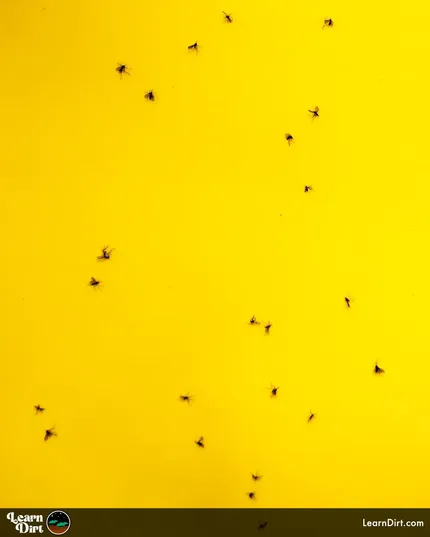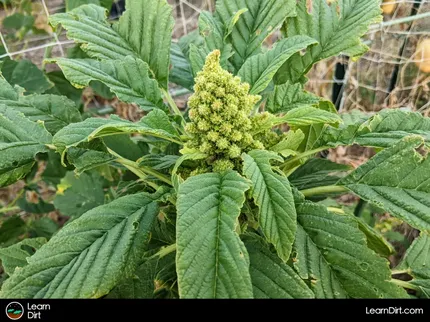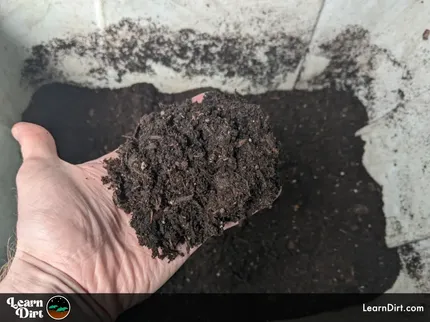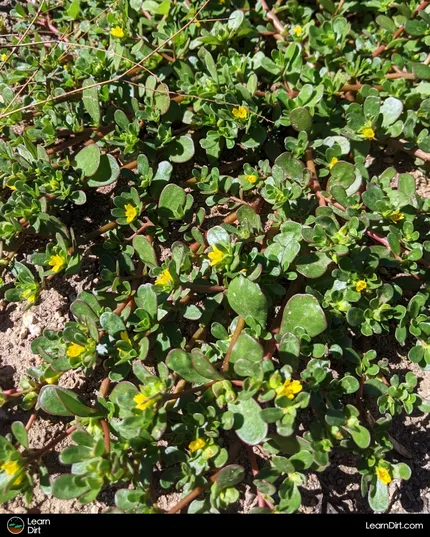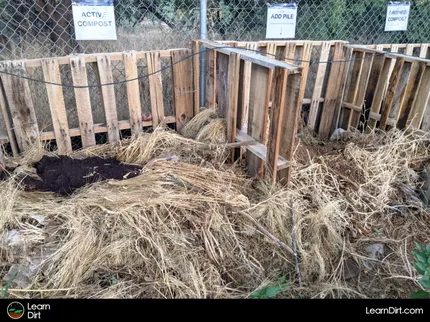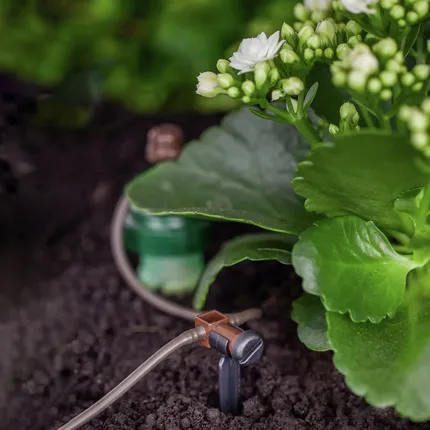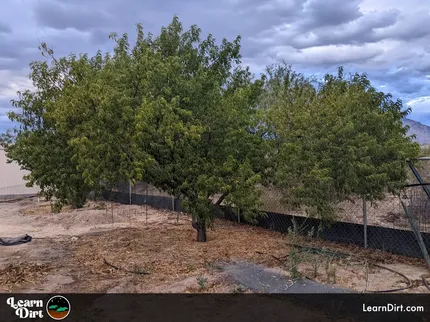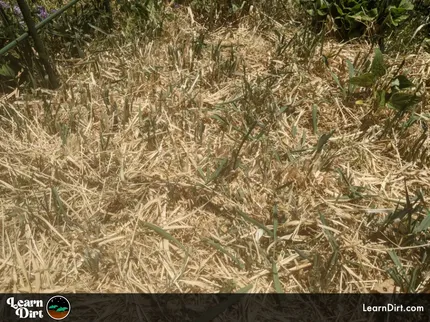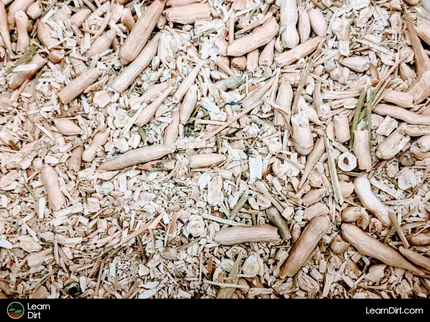Table of Contents
- What Is the Hügelkultur Method?
- Is Hügelkultur Worthwhile?
- Common Hügelkultur Mistakes & Problems
- Making a Hügelkultur Raised Bed
* Our articles never contain AI-generated slop *
If you've been in the gardening world for a little while, you've likely heard of the hügelkultur method.
It's been making waves recently - and for good reason! Hügelkultur is a great way to start a garden or a raised bed on the cheap, while utilizing materials you may already have lying around.
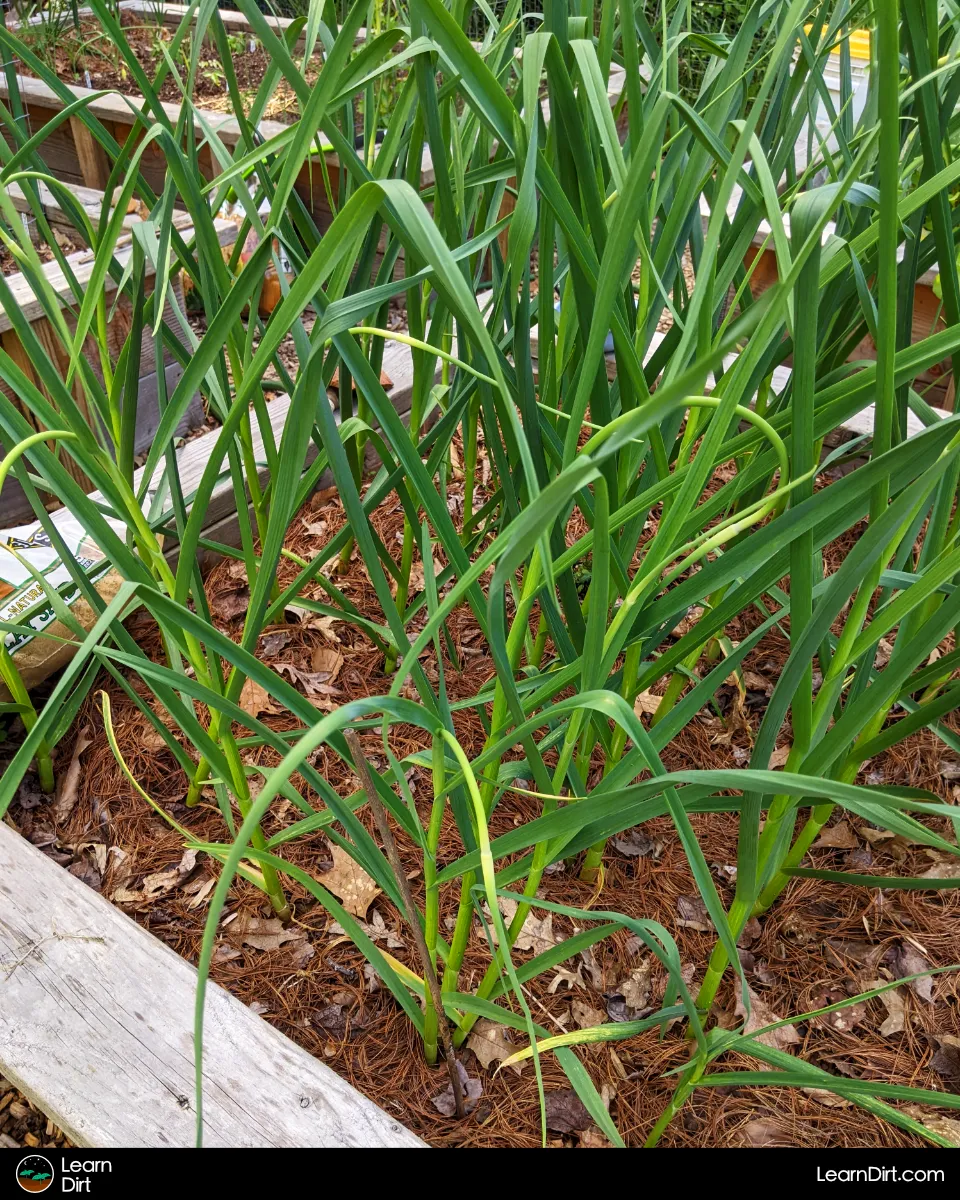
While hügelkultur has some great advantages and is a worthwhile technique, there are some common pitfalls / problems that you should be aware of before you start a hügelkultur project.
Disclaimer: This post may contain affiliate links. Refer to the privacy policy for more information.
Here we'll discuss how to achieve great success with this method, while avoiding the most common mistakes and issues that folks regularly encounter along the way.
What Is the Hügelkultur Method?
If you're not yet familiar with hügelkultur, this is a German technique used by gardeners and farmers that involves filling plots, mounds, or raised beds primarily with wood and decaying material.
The raised beds seen below measure 8ft x 4ft x ~2ft. That's 64 cubic ft per raised bed. With 4x raised beds, that's about 170 bags of soil (at 1.5 cu ft ea.) to fill all 4 with soil alone.
You can see how soil prices and quantity rapidly get out of control even for a small project like this:
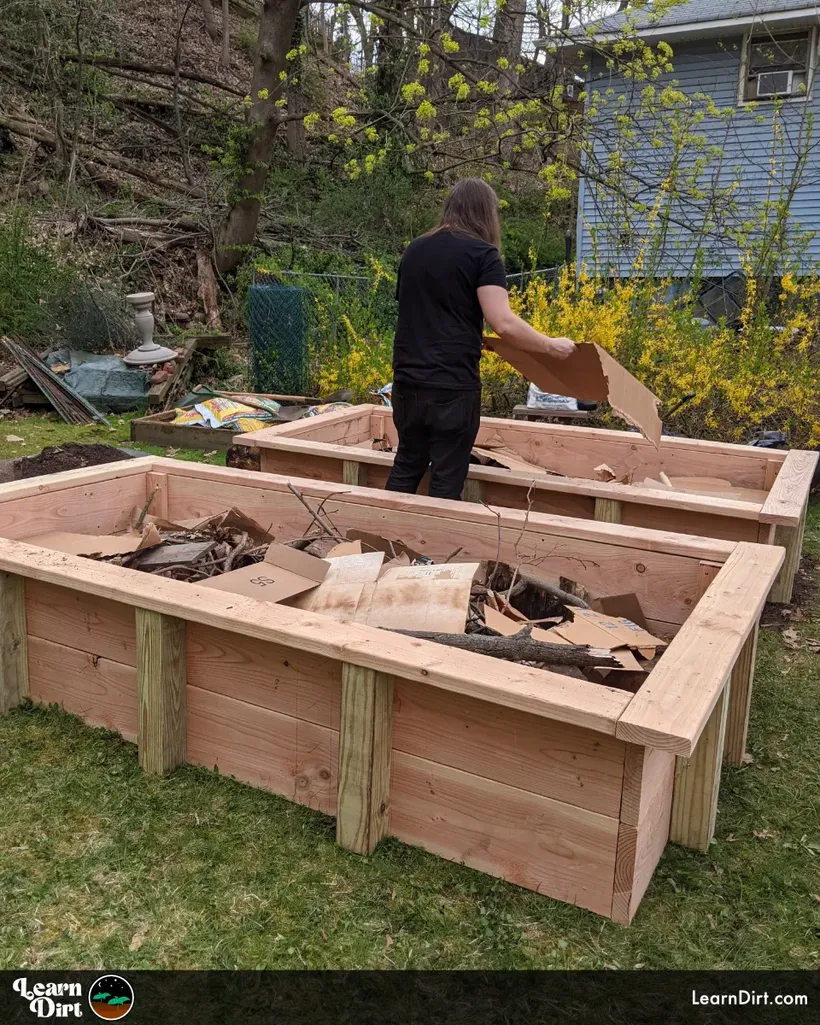
Rather than fill these beds with soil alone, they were filled roughly 2/3 of the way with logs, branches, sticks, cardboard, and coffee grounds before adding any soil.
This reduced soil costs by about 2/3, only requiring soil to top off the beds and give the plants a nice band of nutrients on top while the carbonaceous materials below slowly decompose.
Join The Grower's Community
Whether you cultivate vegetables, house plants, succulents,
mushrooms, flowers, cannabis, or more...
you're welcome here 🌱
Check It Out!
With any luck, the logs and branches will continue to supply nutrients gradually for the next decade or more.
Is Hügelkultur Worthwhile?
While there are a few potential pitfalls and mistakes to avoid, hügelkultur is absolutely worthwhile! I'm a huge fan of this method for gardening, especially as an inexpensive way to fill a garden while utilizing materials you may already have on hand.
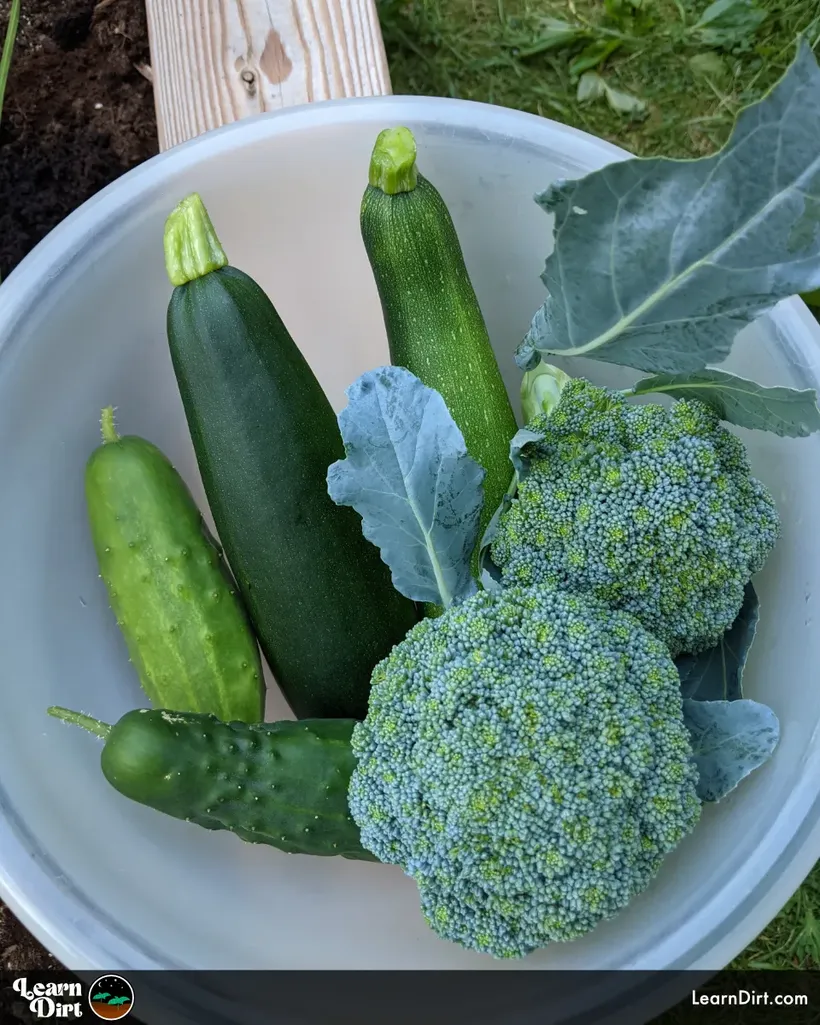
Common Hügelkultur Mistakes & Problems
It always pays to learn the common mistakes, problems, and pitfalls of any field you're entering into - and hügelkultur is no different.
From nitrogen lockup, to pests and diseases, too much water retention, and issues rooting, there are a number of ways that hügelkultur can go wrong.
While this is an incredible method overall and well worth your while, it's important to know what can go wrong so you can avoid running into the most common hügelkultur problems along the way.
For a comprehensive understanding of all of the potential mistakes you can make while incorporating hügelkultur into your garden and how to avoid them, read out complete guide to Hügelkultur Mistakes
Making a Hügelkultur Raised Bed
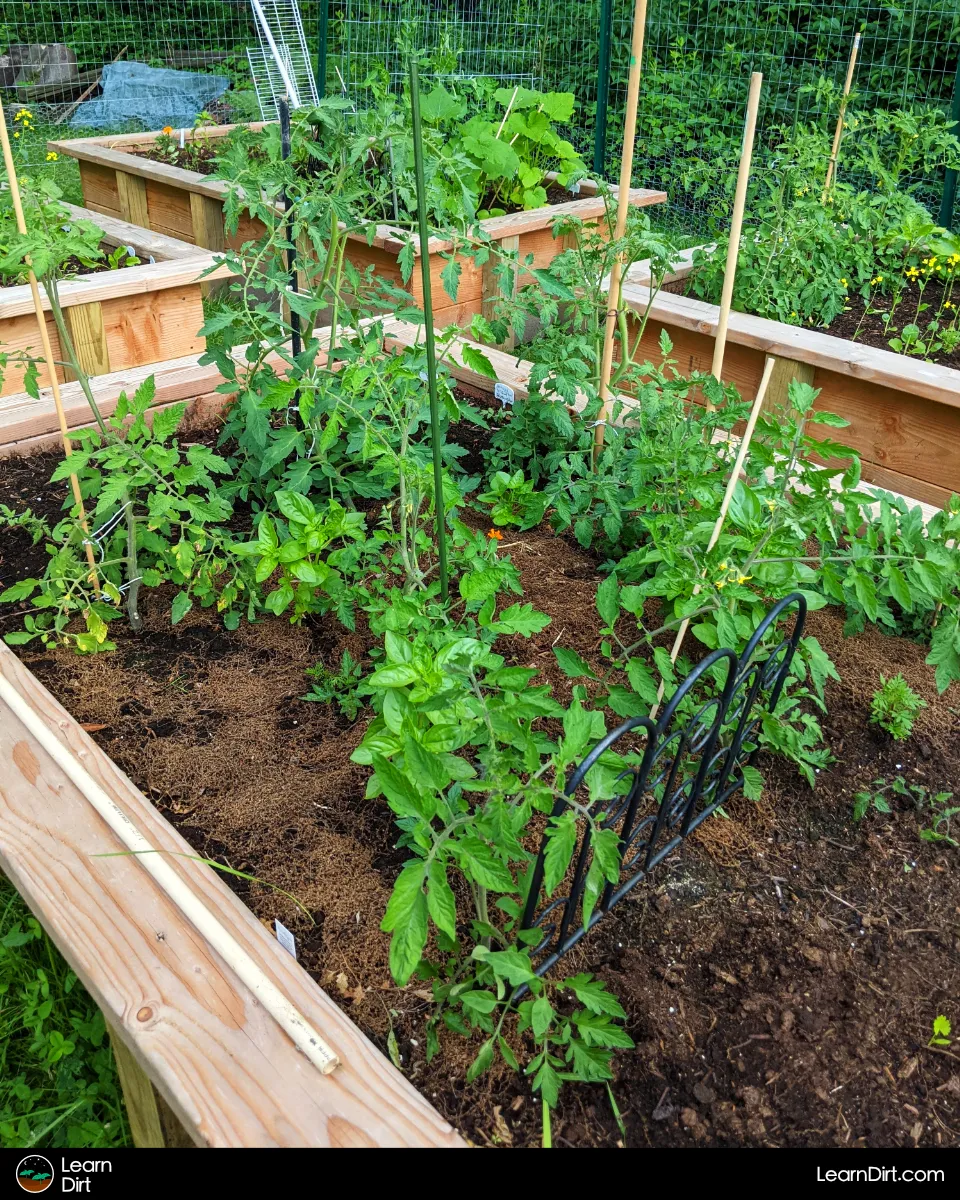
If you're interested in building some hügelkultur raised beds of your own, check out our Raised Garden Bed Plans. They'll walk you through the entire building process from start to finish.
That's all for now, thanks for reading!
If you have any questions, comments, or would like to connect with fellow gardeners, head on over to the forum and post there.
